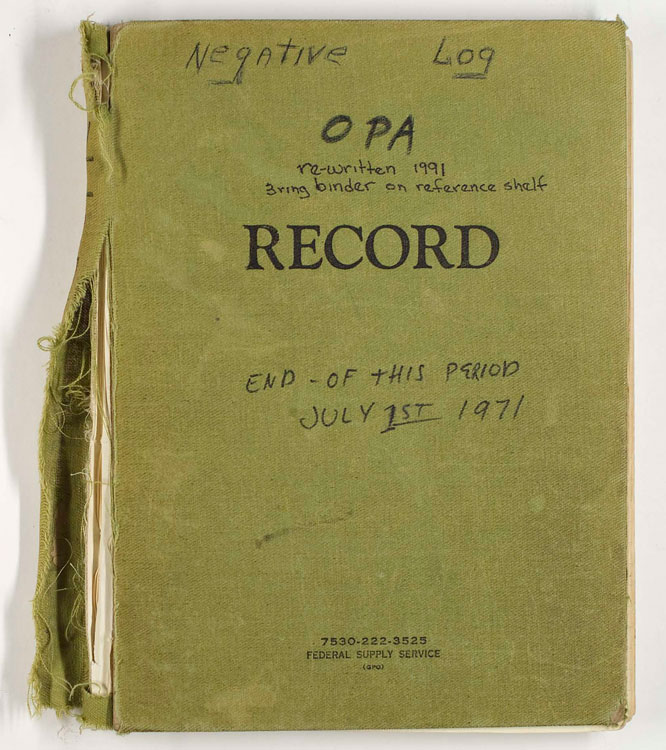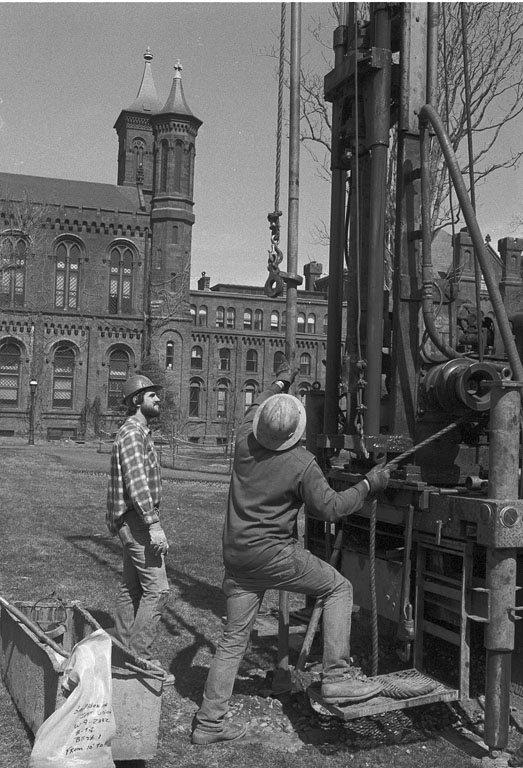Results for "Publicity"
- Blog Post
Publicity, Politics, and Physics
- Date: March 10, 2010
- Creator: Marcel Chotkowski LaFollette
- Description: Long ago and far away, before gray hairs and creaky knees, before history became my passion, I was an undergraduate physics major. Physics seemed fascinating and beautiful, if difficult. Later, after career paths led into history and science policy, I learned that physics, however elegant, did not reside in a cultural vacuum. Its people and discoveries coexisted with

Now Open to the Public (in 1922) - Museum of the American Indian
- Date: November 13, 2012
- Creator: Mitch Toda
- Description: On November 14, 1922 George Gustav Heye's Museum of the American Indian opened to the public in New York City.

Office of Public Affairs Photographic Collection
- Date: September 19, 2013
- Creator: Marguerite Roby
- Description: Highlighting the photographic holdings at the Smithsonian Institution Archives.
- Blog Post
Link Love: 4/29/2011
- Date: April 29, 2011
- Creator: Catherine Shteynberg
- Description: [caption id="" align="aligncenter" width="300" caption="Portrait of Albert Einstein and Others (1879-1955), 1931, by Unidentified photographer, Smithsonian Institution Libraries, Accession number: SIL14-E1-10."][/caption] An interesting article on the complicated permutations of copyright law and images of publicity-savvy Albert Einstein. Our thoughts are with those dealing

A DC Event Celebrates the Publication of PHOTOGRAPHY CHANGES EVERYTHING
- Date: September 10, 2012
- Creator: Marvin Heiferman
- Description: Marvin Heiferman is doing a book signing of Photography Changes Everything at the Smithsonian American Art Museum.

Science Service, Up Close: Journalists, Cancer Research, and Public Education
- Date: March 6, 2018
- Creator: Marcel Chotkowski LaFollette
- Description: Cancer, James T. Patterson observed in The Dread Disease, serves as a powerful metaphor in American culture, where the malady mirrors the “manifestation of social, economic, and ideological divisions” in modern life. In the decades since publication of Patterson’s book, medical research has made great strides in methods of detection and treatment. But the challenge for science

Fostering Collaboration for the Public Good: Sphagnum Moss and WWI
- Date: May 23, 2017
- Creator: Lisa Fthenakis
- Description: A look at one of the many ways the Smithsonian’s mission to increase and diffuse knowledge brought scientific knowledge to aid the public good.

Frank Thone and a "Square Deal" on Earth Day
- Date: April 22, 2013
- Creator: Marcel Chotkowski LaFollette
- Description: A photo montage of a science journalist and a fly illustrates the man's sense of humor and attitudes toward nature.

Science Service, Up Close: Honors and Honorees
- Date: August 4, 2016
- Creator: Marcel Chotkowski LaFollette
- Description: A selection from thirty years of engineering and scientific awards from the Science Service biographical morgue.

Twenty-Six and Blooming!
- Date: May 22, 2013
- Creator: Kira M. Sobers
- Description: Today is the anniversary of the opening of the Enid A. Haupt Garden at the Quad near the Smithsonian Institution Building.

Highlighting Diane Arbus: "A box of ten photographs"
- Date: March 29, 2018
- Creator: Alison Reppert Gerber
- Description: Opening on April 6, 2018, A box of ten photographs highlights the portfolio of Diane Arbus, an American photographer known for her black-and-white images of marginalized individuals, including the mentally ill, circus performers, and transgender people. The exhibition, at the Smithsonian American Art Museum (SAAM) until January 21, 2019, traces the history of Arbus's

Design + Archives = Cooper Hewitt, Smithsonian Design Museum
- Date: August 5, 2014
- Creator: Mitch Toda
- Description: A look back at the history of the Cooper Hewitt, Smithsonian Design Museum.
